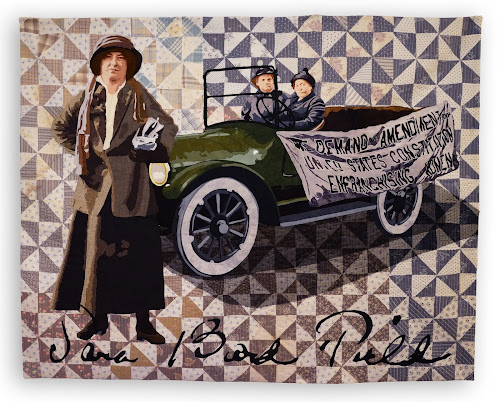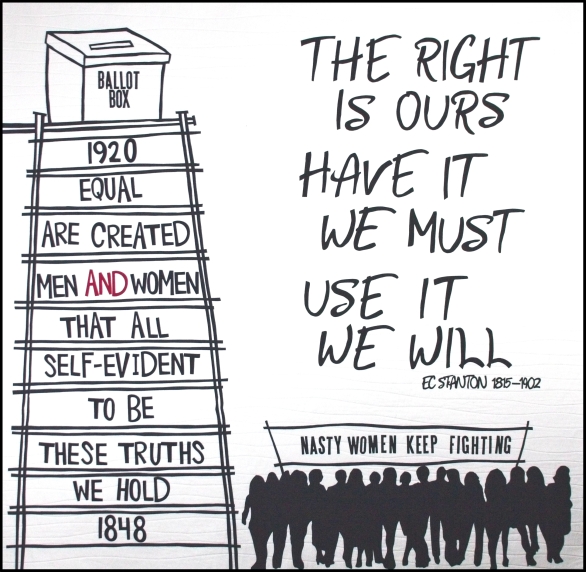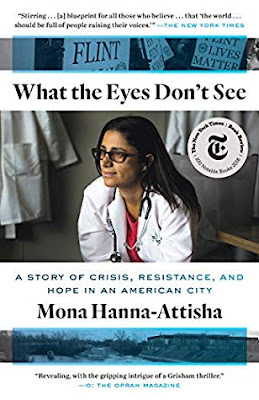These five women...all pushed the boundaries of scholarship, of literary form, of societal norms: they refused to let their gender hold them back, but were determined to find a different way of living, one in which their creative work would take precedence.~ Francesca Wade, Square HauntingSquare Haunting: Five Writers in London Between the Wars by Francesca Wade links writers H.D., Dorothy Sayers, Virginia Woolf, Eileen Power, and Jane Ellen Harrison through their time residing in London's Mecklenburgh Square. They were born in the late 19th c. and by full adulthood saw a changed world that allowed women to vote and the opening of professions to women.They defied the narrow role assigned to women to become masters of their craft.
Each woman's life and career is illuminated through their shared experience in one place. Their time in Mecklenburgh Square was pivotal to their development.
I was familiar with Woolf, knew the work of Sayers and a bit about H.D., but Power and Harrison were unfamiliar. How sad! Harrison broke through the gender barrier to become a professional scholar. Her research impacted the Imagist writers and T. S. Eliot's The Waste Land. Power was a fashionable and attractive academic of economics. I realized that I had read her book Medieval People several times!
I was fascinated by these women and their stories. Wade delivers a compelling narrative that combines insight and significance and good story-telling.
...real freedom entails the ability to live on one's own terms, not to allow one's identity to be proscribed or limited by anyone else.~ from Square Haunting by Francesca WadeI was given a free ebook by the publisher through NetGalley. My review is fair and unbiased.
from the publisher:
In the early twentieth century, Mecklenburgh Square—a hidden architectural gem in the heart of London—was a radical address. On the outskirts of Bloomsbury known for the eponymous group who “lived in squares, painted in circles, and loved in triangles,” the square was home to students, struggling artists, and revolutionaries.
In the pivotal era between the two world wars, the lives of five remarkable women intertwined at this one address: modernist poet H. D., detective novelist Dorothy L. Sayers, classicist Jane Harrison, economic historian Eileen Power, and author and publisher Virginia Woolf. In an era when women’s freedoms were fast expanding, they each sought a space where they could live, love, and—above all—work independently.
With sparkling insight and a novelistic style, Francesca Wade sheds new light on a group of artists and thinkers whose pioneering work would enrich the possibilities of women’s lives for generations to come.Square Haunting: Five Writers in London Between the Wars
by Francesca Wade
Crown Publishing
Tim Duggan Books
Pub Date April 7, 2020
ISBN: 9780451497796
hardcover $28.99 (USD)












